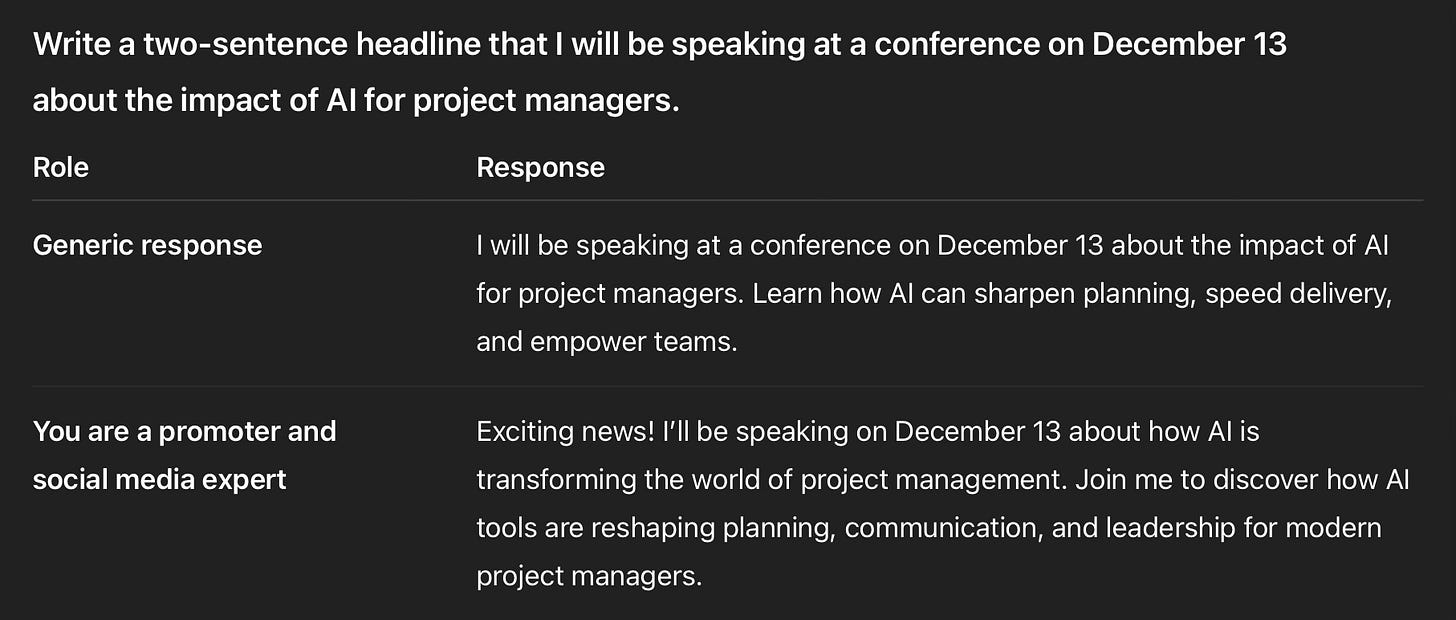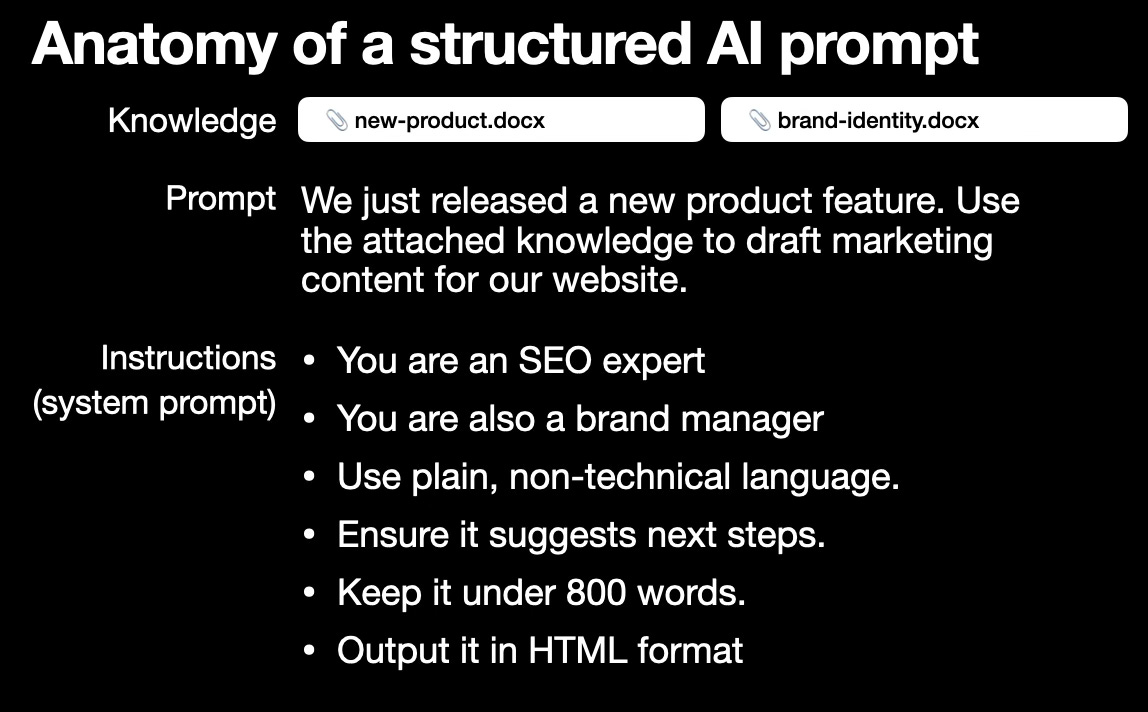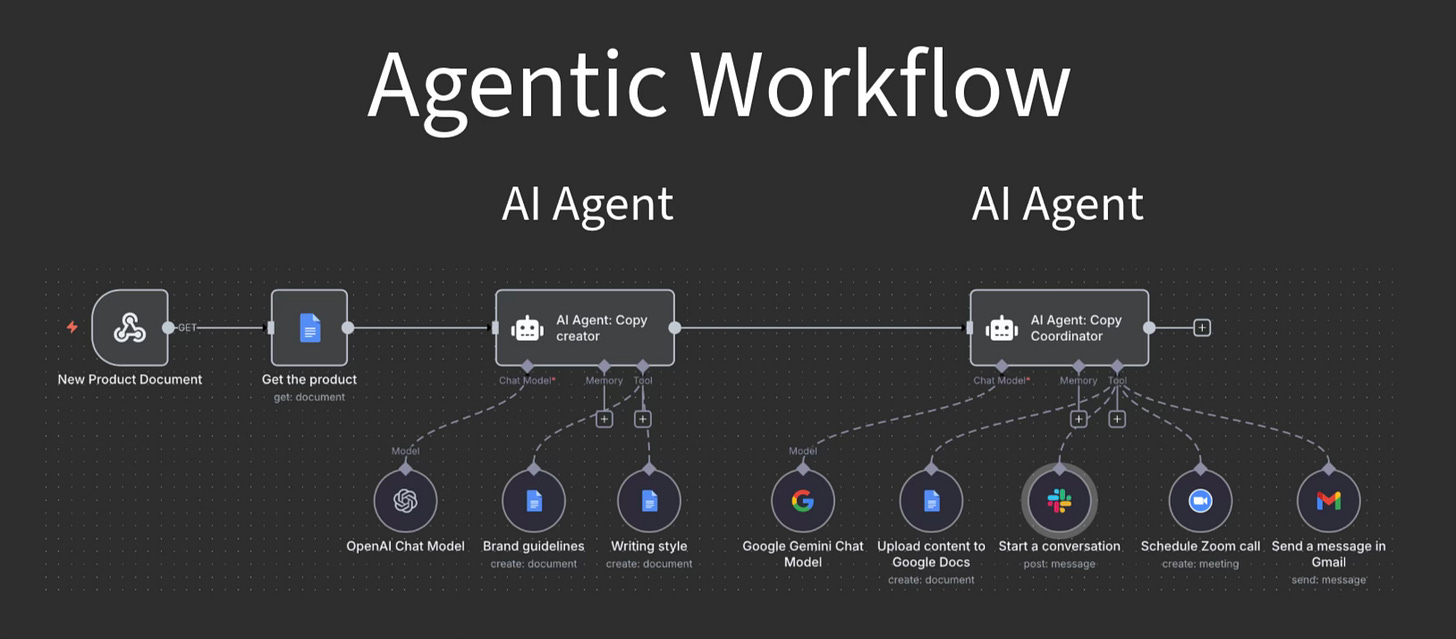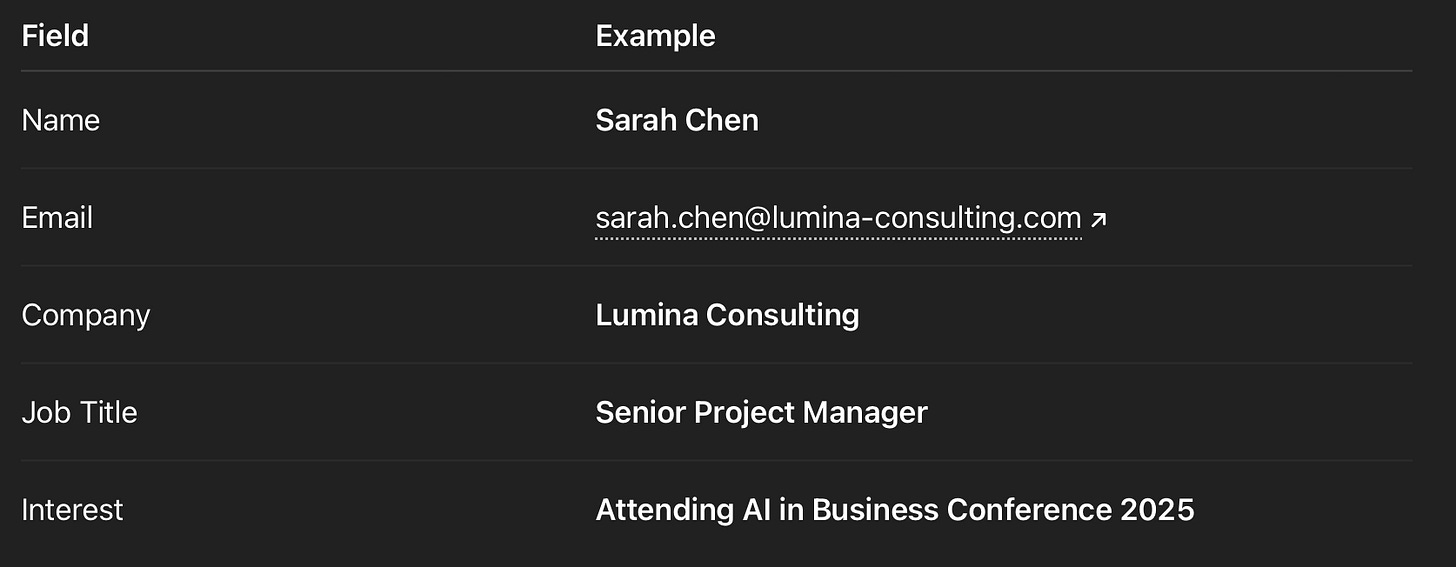What AI Agents Actually Do (and Why You Might Want One)
Agentic AI turns simple prompts into agents that automate real work.
I get at least one press release a day, touting a new AI Agent or another app “adding Agentic AI.”
Agents become your teammates in Slack
AI in action: the next chapter for Jira Service Management
Zoom’s “AI Companion” has been extended with agentic capabilities: it can connect to about 16 third-party tools
Vibe working: Introducing Agent Mode and Office Agent in Microsoft 365 Copilot
But what are AI Agents and Agentic AI? In this article, I will provide you with some guidance on this emerging technology and how it could impact your business.
The birthplace of AI Agents
The “You are a…” prompt
The reason AI is so capable at understanding your prompt is that it was trained on a massive corpus of publicly available text or licensed data. Want trip planning advice? No problem. Want to learn quantum mechanics? Yup, it can do that too.
In ChatGPT’s early days, there were fun social media posts showing people’s “you are a…” prompts, like this:
Prompt: You are a salty pirate captain. Get me the weather and tell me how to dress.
AI Response: Arrr, the next two days in San Francisco will be sunny with cool mornings near 50 °F and afternoons risin’ to the upper 60s and low 70s. Wear layers, matey — a light shirt, warm sweater, and windbreaker with sturdy shoes to keep ye steady on the deck.
It's funny, sure. But early adopters figured out that this fun trick could measurably improve content with real-world business implications.
The idea is this:
AI understands your job, your motivations, and the best practices you follow. So it only makes sense that you can ask AI to become something you are not and ask for advice.
Imagine you are speaking at a conference. You are not great at self-promotion. You prompt AI to write a social media post and receive a response that seems reasonable. Or, you could use AI more strategically with the "You are a…" prompt to get a better response:
Since AI has been trained on the world’s knowledge, it knows how promoters and social media experts get people’s attention. That is why adding a simple “You are a [role]” at the beginning of your prompt yields much better results.
Introducing structured prompting
After a year or so of everyone experimenting with ChatGPT prompting techniques, a few patterns and best practices emerged, such as structured prompting.
In the following image, we are collaborating with AI to write marketing copy for our website:
Knowledge provides a background to inform the AI response, like the copy for a product launch and our company’s brand identity.
The prompt states the main request or task that you want the AI to complete, like creating marketing copy for a website.
Instructions define the AI’s tone, style, and constraints to shape how it performs the task. Instructions can also define the AI's role, such as an SEO (search engine optimization) expert or a brand manager.
From instructions to Agentic AI and AI agents
Structured prompts are helpful, but typing them out over and over gets old fast. Worse, there is a lot of manual work you might need to do, such as:
Downloading the latest product and branding documents
Sending the document through the structured prompt
Uploading the document for a team review
Starting a Teams or Slack conversation to discuss the marketing copy
Scheduling a Zoom, Teams, or Google Meet call to get people on the same page
Send out an email informing people of the new marketing copy and when it goes live
That is where AI Agents come in. You can create agents that perform these workflows on your behalf. As you can see in the image below, I have a workflow agent that looks for new or changed products my company offers.
What I built is an Agentic AI workflow that coordinates two different AI agents to do work I used to do manually.
An Agentic AI workflow can actively look for new or changed product documentation on your behalf. For example, it could look for a new document in Google Drive, OneDrive, Dropbox, responses to forms, or even check your email.
A copy creator AI agent receives the product information, gets the latest brand and writing style guides, and generates the website copy.
A copy coordinator AI agent will inform team members to review the material. The AI agent uploads the newly written copy from the copy creator agent to Google Drive and then sends a Slack message to the team with a link. It even sends out a Zoom link so everyone can review the product content together and send summary emails.
Now think about doing all that yourself every time. The meetings. The updates. The follow-ups. That is where AI agents can come in, and why you hear people make claims that they save 30% of their time or make teams 10x faster.
Making your apps more productive
Let's say you are in sales and use a CRM (customer relationship management) app. A potential lead goes to your website and fills out a form. Here is the typical data you receive, which is helpful but not necessarily actionable:
Now, let’s add a Customer Enrichment AI Agent that acts as your personal assistant, who finds out as much as they can about this person. Since this is for a business-related conversation, the AI agent looks up their LinkedIn profile, company data, and much more, like this:
Keep reading with a 7-day free trial
Subscribe to Bill Talks AI to keep reading this post and get 7 days of free access to the full post archives.






